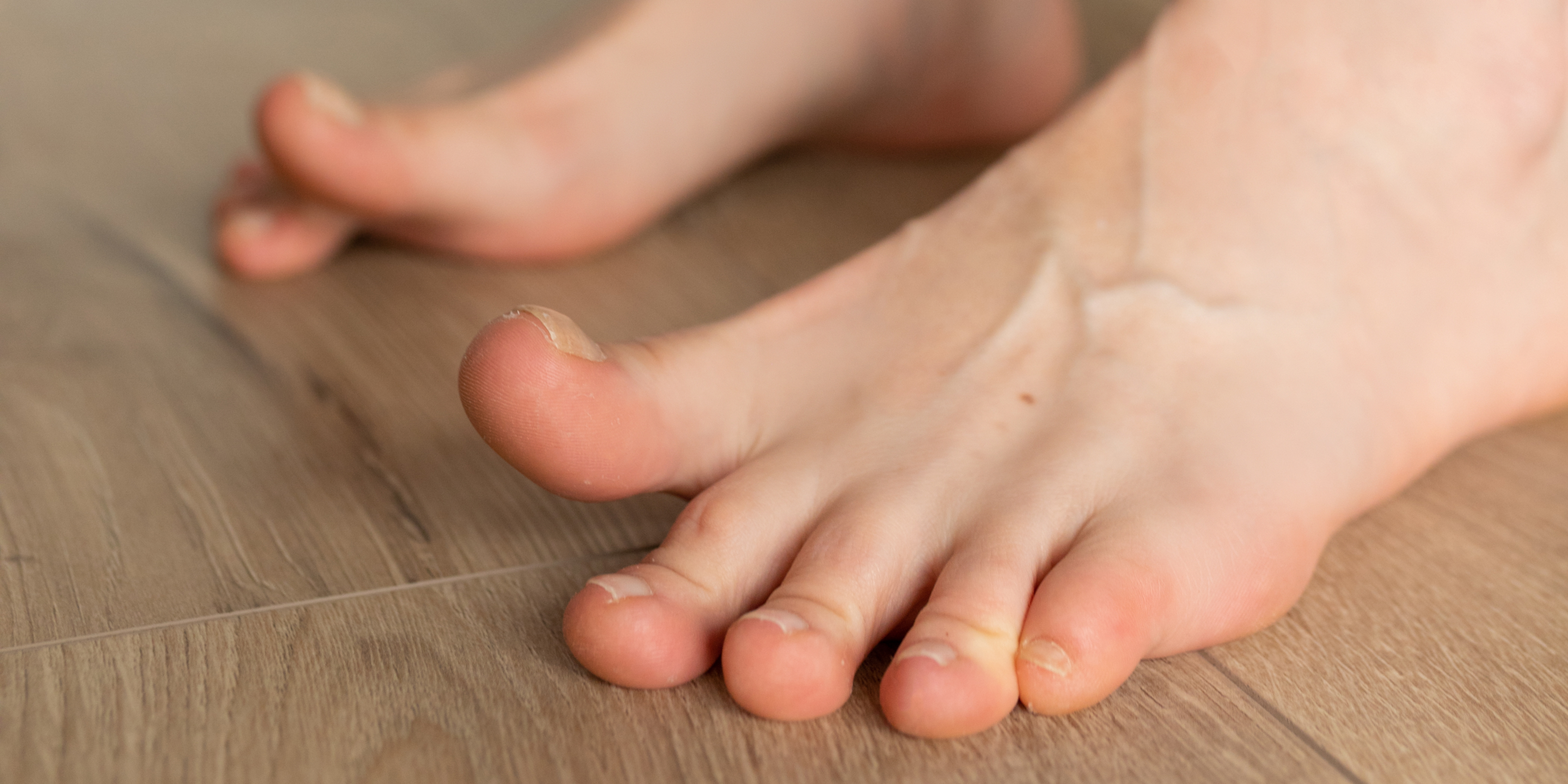Tips for Avoiding Turf Toe in Athletes
Turf toe might sound like a minor inconvenience, but for athletes, it can be a major setback. This hyperextension injury to the big toe joint is common in sports where sudden pushes off the foot are frequent, such as football, soccer, and basketball. Let’s dive deeper into understanding turf toe, its significance, and most importantly, how to prevent it.
Definition of Turf Toe
Turf toe is a hyperextension injury to the big toe joint, specifically the metatarsophalangeal (MTP) joint. It occurs when the toe is forcibly bent upwards beyond its normal range of motion. This injury is often seen in sports where the foot is planted and then pushed off suddenly, causing strain on the ligaments and soft tissues around the joint.

Prevalence in Athletes
Turf toe is not a rare injury, especially among athletes. It’s particularly prevalent in sports played on artificial turf surfaces, where the foot can get stuck, leading to increased stress on the toe joint. Football players, soccer players, wrestlers, and dancers are among those at higher risk.
Significance of Preventing Turf Toe
Preventing turf toe is paramount for maintaining optimal athletic performance. An untreated or recurring injury can lead to chronic pain, limited mobility, and long-term complications that may jeopardize an athlete’s career.
Understanding Turf Toe
Anatomy of the Big Toe Joint
The big toe joint, or metatarsophalangeal (MTP) joint, is crucial for walking, running, jumping, and other athletic movements. It consists of bones, ligaments, tendons, and soft tissues that work together to provide stability and flexibility.
Mechanism of Injury
Turf toe occurs when the MTP joint is hyperextended, stressing the ligaments and soft tissues around the joint. This can happen during abrupt stops, changes in direction, or when landing from a jump, especially on hard or artificial surfaces.
Signs and Symptoms of Turf Toe
- Pain and Swelling: The most common symptoms of turf toe are pain and swelling in the big toe joint area. The pain may be sharp or dull, and it can range from mild to severe, depending on the extent of the injury.
- Limited Range of Motion: Turf toe can restrict the normal range of motion in the affected toe, making it difficult to walk, run, or perform athletic movements comfortably.
Importance of Prevention
- Impact on Athletic Performance: Turf toe can significantly hinder an athlete’s agility, speed, and overall performance. It can also lead to compensatory movements, increasing the risk of other injuries.
- Long-term Consequences if Ignored: Ignoring turf toe or not treating it properly can result in chronic pain, instability of the MTP joint, and increased susceptibility to future injuries.
Tips for Preventing Turf Toe
Proper Footwear Selection
Types of Shoes Recommended: Choose shoes with adequate support and flexibility to reduce the risk of turf toe. Look for styles that provide good arch support, cushioning, and stability for the MTP joint. Custom orthotics can also be beneficial in providing personalized support and alignment.
Considerations for Cleats: For sports that require cleats, such as football or soccer, opt for cleats with the right stud configuration and flexibility. This will help distribute pressure evenly and minimize strain on the toe joint.
Strengthening Exercises for the Big Toe
- Flexor Hallucis Longus Exercises: Exercises that target the flexor hallucis longus muscle can help strengthen the muscles supporting the big toe joint. Toe raises, toe curls, and resistance band exercises are effective options.
- Resistance Training for Toe Flexors: Incorporate resistance exercises like toe spreads and toe squeezes to improve overall toe strength and flexibility.
Technique and Form in Sports Activities
- Training Tips for Athletes: Focus on proper running, cutting, and pivoting techniques to reduce the risk of hyperextending the big toe joint. Pay attention to foot placement and alignment during drills and practice sessions.
- Coaching Emphasis on Foot Placement: Coaches play a vital role in preventing turf toe by emphasizing correct foot positioning and technique during sports activities. Provide feedback and corrections to athletes to ensure they’re using their feet safely and effectively.

Consulting Our Podiatrist
If you suspect you have turf toe or are experiencing persistent pain and swelling in the big toe joint, consult our experienced podiatrist for a proper diagnosis and treatment plan tailored to your needs.
Turf toe is a common and potentially debilitating injury that can affect athletes of all levels. By understanding its causes, recognizing the signs and symptoms, and implementing preventive measures like proper footwear, custom orthotics, strengthening exercises, and correct technique, you can reduce the risk of turf toe and keep performing at your best.
Take action now to protect your toes and preserve your athletic career! Consult with us, invest in the right footwear and custom orthotics, and prioritize strength and technique in your training. Your toes will thank you, and so will your performance!
Remember, prevention is always better than cure. Take care of your feet, and they’ll take care of you!
© Community Foot Clinic of McPherson. All Rights Reserved.
Privacy Policy | Terms & Conditions
Web Design by CP Solutions
Marketed by VMD Services
